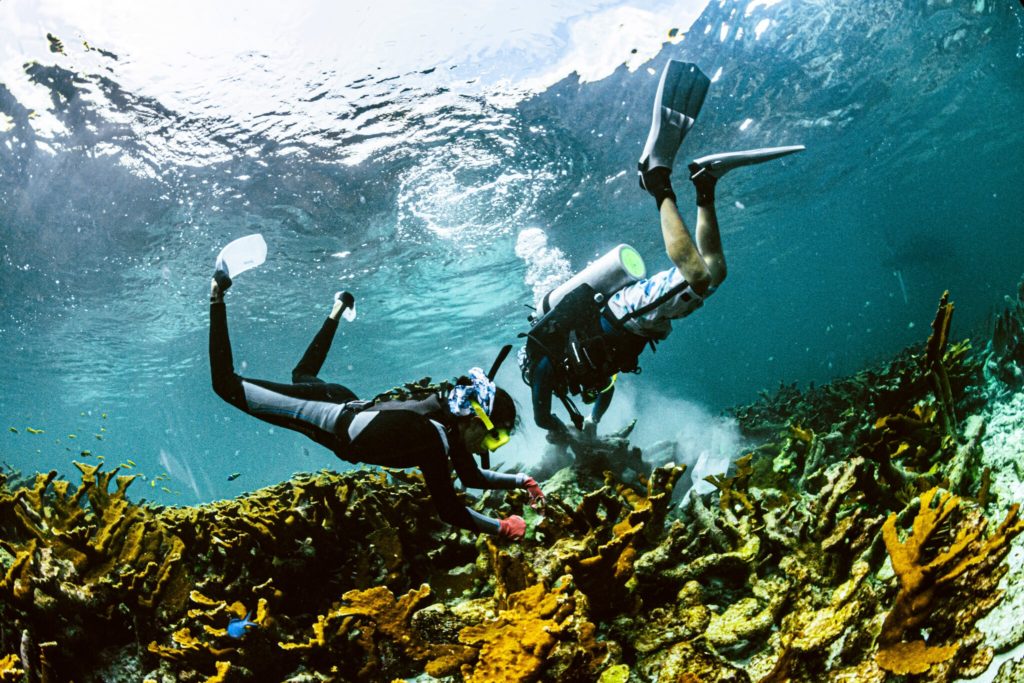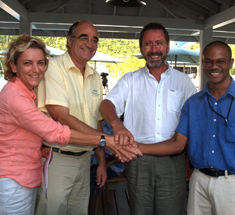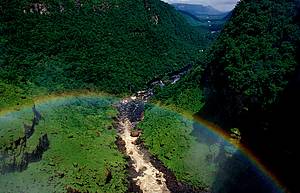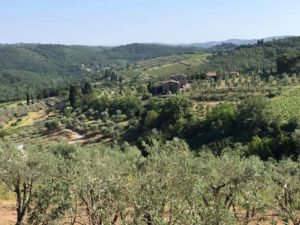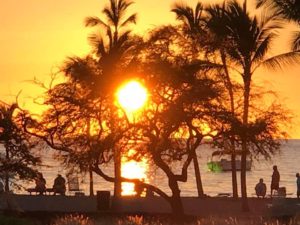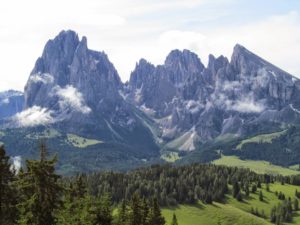Community in the Peruvian Andes develops its productive capacities through renewable energy
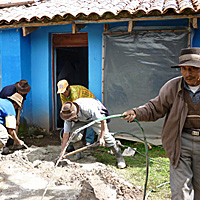
 The Community of San Francisco de Raymina nested in the Southern Peruvian highlands has moved into the first phase of developing a project aimed at increasing their capacity to produce organic flours, herbs, organic vegetables and dairies through the use of renewable energy.
The Community of San Francisco de Raymina nested in the Southern Peruvian highlands has moved into the first phase of developing a project aimed at increasing their capacity to produce organic flours, herbs, organic vegetables and dairies through the use of renewable energy.
The plan, developed in collaboration with the Centre for Renewable Energies and Energy Effciancy of the National University of Engineering (CER – UNI) in Lima, also hopes to develop tourist facilities in the surrounding areas of the village in order to create new market opportunities.
“Using renewable energy to micro entrepreneurs in remote villages” is one of 26 winning projects of the 2009 IDEAS Energy Innovation Contest, co-funded by GVEP International, the Inter-American Development Bank (IDB), GTZ of Germany and the South Korean government.
Ing. Rafael Espinosa of the CER-UNI emphasised the potential that this model has to add value to locally manufactured products such as grains, herbs and cheeses which can be sold to the tourists visiting the area. “This project aims to make of San Francisco the Raymina a community development model of rural self-sustainability” said Espinosa.
By using local materials and building on existing natural resources including solar and wind, micro enterprises will be created to boost the productive capacity of the local communities. The market-based focus of the project increases its chances of becoming self-sustainable over time, as the beneficiaries are also the entrepreneurs.
Since CER – UNI started working in San Francisco de Raymina the population has been attending the so-called “Communal Thursdays”, a day in which the community is dedicated entirely to the development of the project.
Local leader Mauriño Gutierrez Soca said that “community-owned efforts in the area of electrification have meant a big progress for us and has changed a lot the life of my people”.
There are several people that help to drive this project forward but “community participation is the vital axis in the development of the project” said Espinoza.
The most interesting aspect of this project is the tight link between quality of life, increased productivity and renewable energy.
The cold is a constant problem for communities living at an altitude of 4,000 m where the temperature drops below 0°C. Conditions are even harsher in the freezing weather when the vegetation disappears and livestock must be relocated to warmer areas. The local population needs heating and have limited resources to build and maintain their houses.
To keep a pleasant temperature inside their homes, north-facing energy efficient bedroom walls are being built to ensure optimum sun exposure in the southern hemisphere.
They are constructed from materials that can store heat such as stone, concrete, adobe or water and combined with an air gap, a plate of glass and vents forming a solar thermal collector to increase the efficiency of the walls.
New roofs with skylights are also being installed and the flooring improved.
All these changes together should succeed in bringing the temperature inside the house to 10°C making indoor living a much more pleasant experience.
The installation of improved cookstoves with chimneys that help eliminate the problem of smoky kitchens – a major cause of chronic lung diseases – will help families enjoy better health.
Finally the construction of nurseries and greenhouses that can reach temperatures of up to 40 ° C will enable local families to diversify their cultivations and therefore create new economic alternatives. If we add to this the increased productivity, the benefits for the community of San Francisco de Raymina are countless.
Once proved successful, this model could be replicated in other communities of the Andean region.
